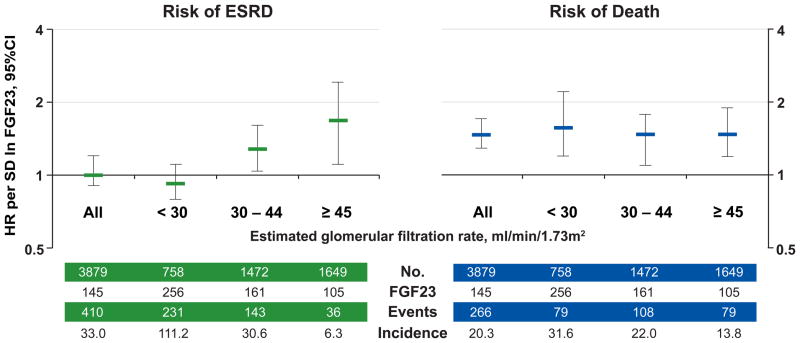Figure 3. FGF23 levels and risks of ESRD and death according to baseline kidney function.
Multivariable-adjusted risks of ESRD and death per unit increment in standard deviation (SD) of natural log-transformed (ln) FGF23 in all participants and according to categories of baseline estimated glomerular filtration rate (eGFR). Models were stratified by center and adjusted for age, sex, race, ethnicity, natural log-transformed urine albumin-to-creatinine ratio, hemoglobin, serum albumin, systolic blood pressure, body mass index, diabetes, smoking, low density lipoprotein, history of coronary artery disease, congestive heart failure, stroke, and peripheral vascular disease, and use of aspirin, beta-blockers, statins, and angiotensin converting enzyme inhibitors or angiotensin receptor blockers, and serum calcium, phosphate and natural log-transformed parathyroid hormone. Error-bars indicate 95% confidence intervals. The number of participants (No.), their median FGF23 levels, total number of events, and the unadjusted event rate, expressed per 1000 person-years, are presented for the categories of baseline eGFR. Abbreviations: ESRD, end-stage renal disease; HR, hazard ratio; SD, standard deviation. This figure is reproduced from Isakova et al [25], with permission from the American Medical Association. Copyright c [2011] American Medical Association. All rights reserved.

